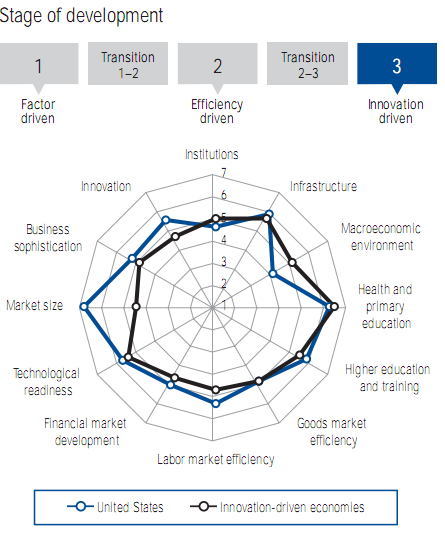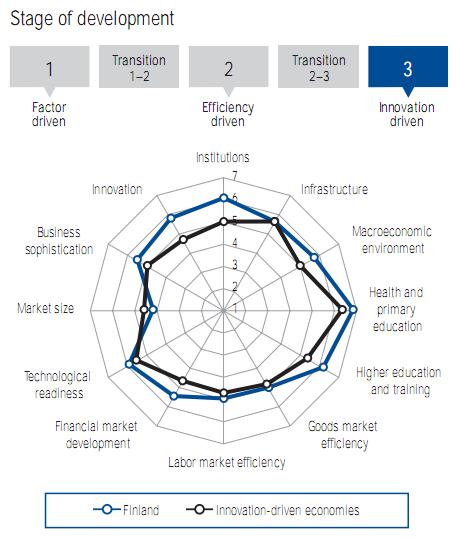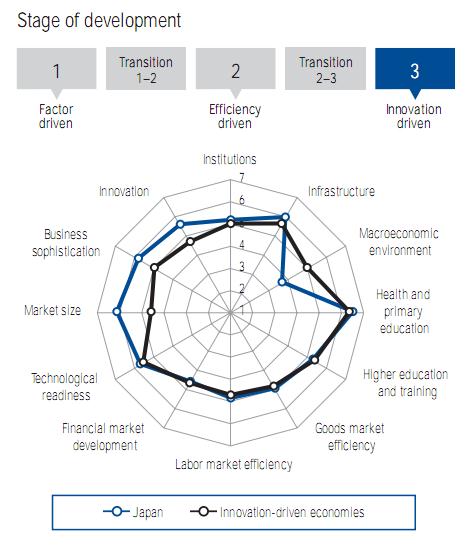In the last articles of Innovation Models, we addressed micro issues concerning innovations in a specific industry and theory on innovation as a whole. Brooking’s Study on “Building an Innovation-Based Economy” by Darrell West, Allan Friedman, and Walter Valdivia approaches the issue of innovation more broadly, with various suggestions and recommendations not only in the private but also in the public level in order to create an effective innovation-based economy. The most general ideas of the study are policy recommendations for government: In their recommendations, they argue that the primary goals of policymakers should be: ensuring conditions that promote innovation and entrepreneurship in the private sector, leveraging the digital economy in a way that boosts government services and makes agencies more efficient and effective, enhance digital infrastructure and provide data that allows the proper measurement of economic figures and laying the foundation for a strong, educated, and innovative workforce. More specifically the study reveals that policymakers should foster the improvement of metrics that value worker productivity; invest on the mating of entrepreneurial skills and academic life and the expansion and create conditions for start-ups to evolve, to encourage entrepreneurship early on, which encourages government to get more involved in entrepreneurial activity by providing credit and/or tax breaks to new businesses; legislate the improvement of infrastructures that enable the evolution and widespread of communications which facilitates business everywhere; improve the harmonization of cross-border laws that facilitate communication and freedom of expression; improve technological transfer and commercialization of knowledge from universities to public and private companies so that both public and private investments translate into jobs and economic activity as well as better health, security, and well-being.
This study focuses on turning the US economy into a more innovation-based economy by appealing to policymakers to create legislation and programs that facilitate the creation of new businesses. Even though it is primarily directed to the US economy and it’s issues with the lack of innovation in some sectors, the study presents more general examples and guidelines of important policy that can be applied outside the US. One of the most impressive statements in addressing this issue is the concern for the improvement of infrastructures that facilitate communications, since it is normally not a big issue in most developed economies but it is extremely important in the US. Another issue in fostering an innovation-based economy that can be applied outside the US is building an educated and innovative workforce, and reducing bottlenecks in the dissemination and commercialization of knowledge, which is crucial for a starting point in building a strong and ever so innovative business environment in the long-run.
Brooking’s study focuses on the US economy, however some of the policies and structural reforms that the authors suggest were already implemented in some countries and most of them are now an example of groundbreaking sustainable innovations. Such is the example of Japan and Finland. The source for this claim is the Global Competitiveness Index of the World Economic Forum; a complete and thorough index that measures the competitiveness of OECD countries, comprised of 12 pillars that formulate macro-economic and business data into a competitiveness ranking. We will be using the last pillar, and one of the most important ones to formulate the point we are making above. Below are the matrices of these 3 countries, the US, Finland and Japan. Upon analyzing the matrices, the level of innovation in both Finland and Japan top the list, however, in other pillars that compose the competitiveness index there is some evidence of their difference to the US. Japan is on average with innovation-driven economies while Finland is above average on most pillars except market size and infrastructure. Both these economies have higher levels of business sophistication and institutions which are pillars fundamental for the fostering of innovations in any country.


